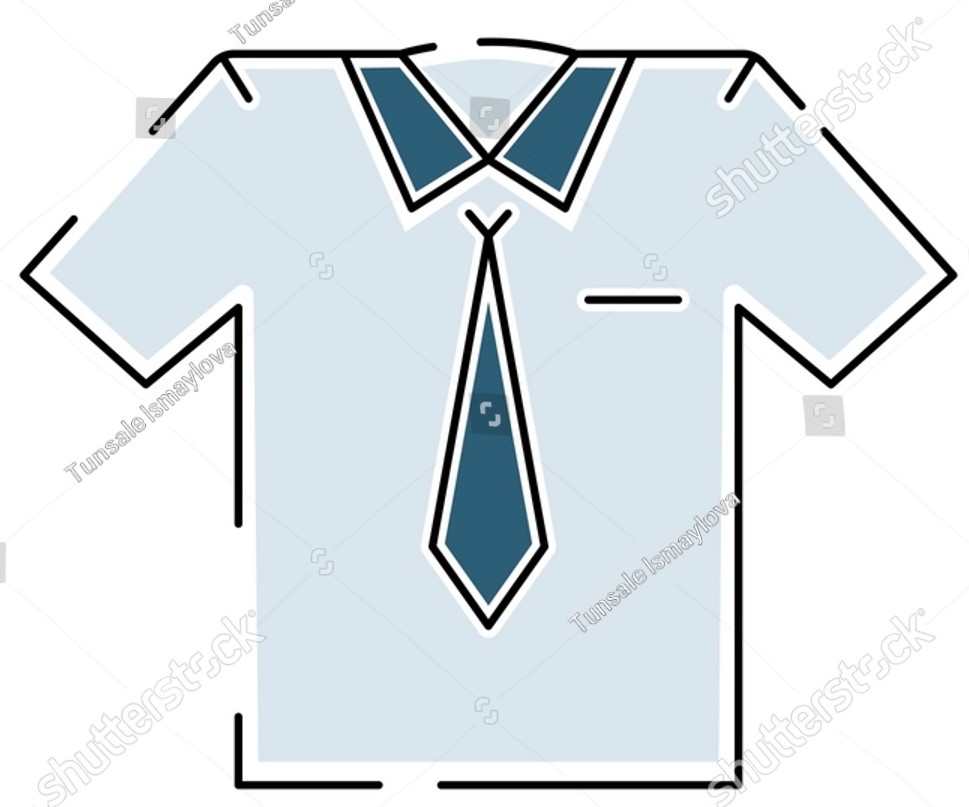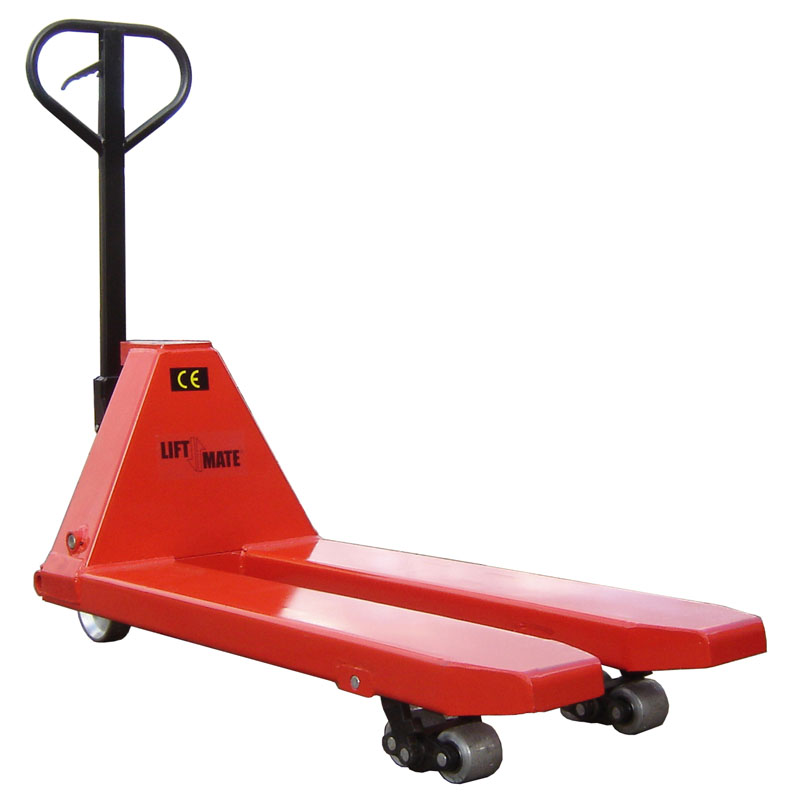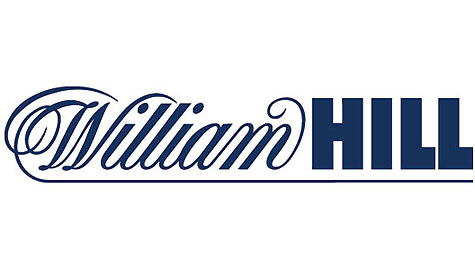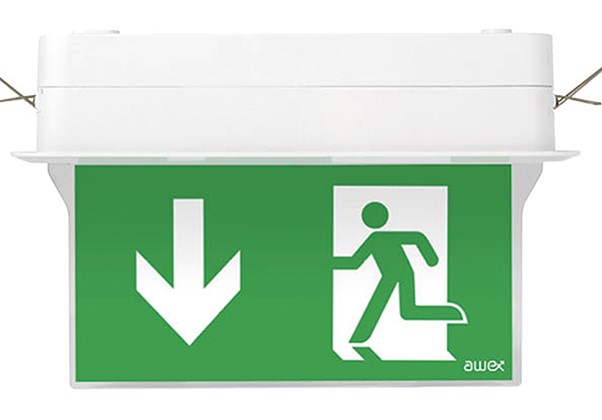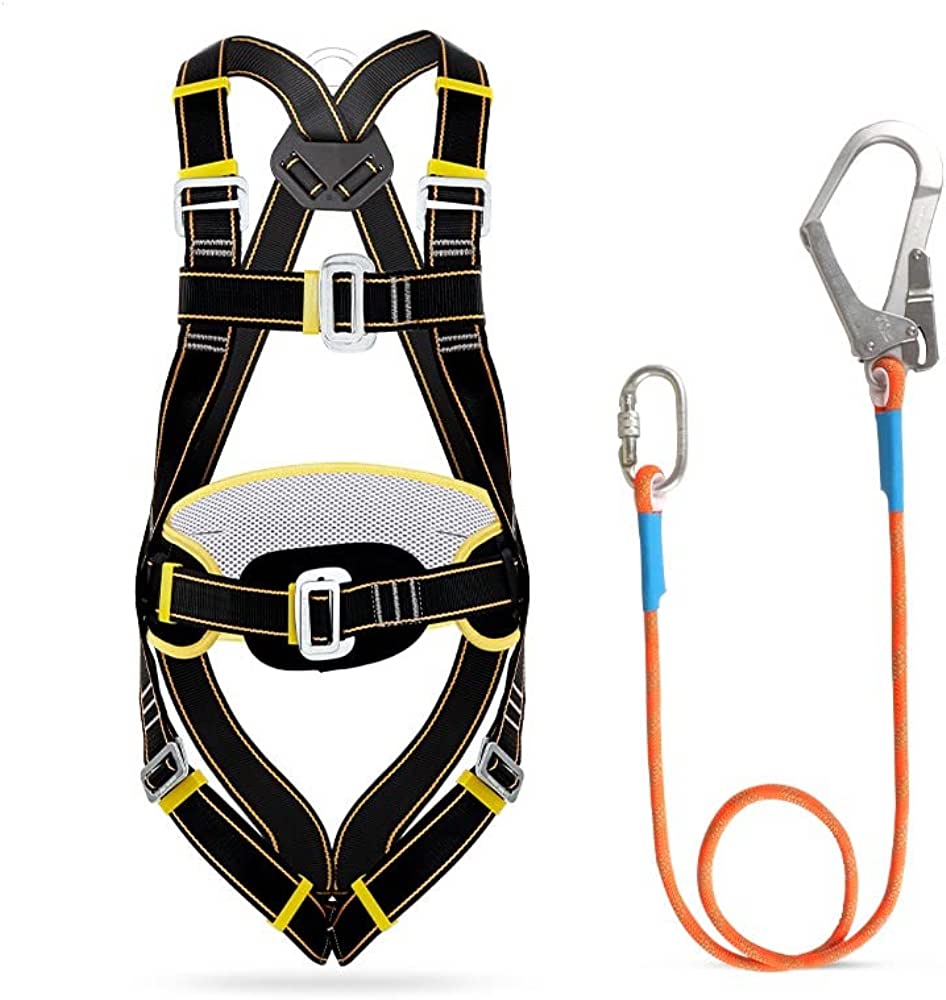Title Page
-
Site / Centre
-
Conducted on
-
Prepared by
Company Uniform
-
Issuer Name
-
Date:
-
UNIFORM SPECIFICATIONS
The way we represent our brand correctly isn’t only about having a new uniform,
it is also about the way we wear it. Here are some pointers on the do’s and don’ts.
Oxford and Polo Shirts
These should be tucked neatly into your trousers. Oxford collars should be
buttoned to the neck and long-sleeve shirts at the wrist. Please don’t roll or push
up your sleeves.
Outdoor and Softshell Jackets (men and women)
Please wear your uniform jacket as required – there are no real specifications
about how to wear this as it is just to keep you warm and dry!
Trousers
Trousers should be worn around the waist, not the hips. Adjust the length so that
the hem rests on shoes, not the floor. Please don’t spoil the line of your trousers
by over-filling the pockets.
Belts
If wearing a belt, it must be an LDO uniform belt.
Footwear
Your shoes must be black, clean and in a good state of repair. No stilettos, flipflops or open-toed sandals.
Socks
These must be black or dark grey.
Maternity Clothing
If you require a maternity option, please speak to your line manager.
Uniform fit
Make sure your uniform is comfortable and easy to move in.
When collecting your uniforms, do check that you’ve chosen a size that fits well and
allows you to work comfortably.
Hair
Please keep your hair clean, neat and tidy. Hair that sits on the shoulders should be
tied back with a small and plain black hair accessory. Styles that guests might
regard as outlandish or confrontational (hair dyed in non-natural colours, heads
partially shaven or hair gelled into points, for example) are not acceptable.
Beards and moustaches should be short-cut and tidy. Longer beards worn for
religious reasons must be neat and tidy. It is not acceptable to arrive for work
unshaven.
Hand and nail care
Hands and nails must always be clean. Nails should be neatly filed, and those who
wear nail varnish should keep the look neat, tidy and unchipped. Nail designs are
not permitted.
Make-up
Please keep make up moderate and natural.
Jewellery and piercings
Jewellery should be unobtrusive and not impact on health and safety. Think minimal and small.
Tattoos
Make sure you cover all tattoos and body art when you’re at work. Tattoos that
cannot be covered should be discreet.
Religious items
If you wear a headscarf or head dress for religious reasons, please source in either
Navy or Black.
Special fabrics and uniform sizes
If you need to wear a uniform made from other fabrics (because you have an
allergy, for example), please speak to your line manager, likewise if you need a
special size of uniform, we can organize this for you.
LOOKING AFTER YOUR UNIFORM
You are responsible for keeping your uniform clean, tidy, and looking good.
If your uniform starts to look scruffy, ask your manager for a replacement.
Your uniform remains the property of your employer. When asked, you
must return it to your employer, clean and in a good state of repair.
WEARING YOUR UNIFORM
Please don’t wear your uniform for any non-official activity.
Changing facilities and lockers are available onsite should you wish to
change into your uniform at LDO. If you do decide to change into uniform
onsite, it must be before you are due on shift to ensure a prompt start time.
If your uniform or appearance is not in keeping with our specification, your
Line Manager will ask you to put things right. Failure to meet the standard
may amount to misconduct.
UNIFORM CHANGES
LDO reserves the right to change the style and design of uniforms
UNIFORM CARE AND MAINTENANCE
Preparation
For the best cleaning results, run through a few preparatory checks:
• Read the care instructions on the inside of your uniform
• Empty your pockets
• Check the shirt sleeves are turned down
• Turn trousers inside out to reduce fading and scarring of the fabric
If you are washing an item
• Sort into three colour groups: dark colours, light colours, whites
• Separate delicate fabrics from heavier ones
• Sort by wash temperature
• Wash very dirty and greasy garments separately
Load the machine with care
• Do not overload the washing machine. Overloading inhibits the tumbling action and may
prevent washing powders from dissolving
Unloading and drying
• Remove clothes and dry your uniform soon after the wash cycle is over. Leaving clothes
damp can lead to bad smells or mildew
• Please check if your items can be tumble dried before doing so
Ironing
• Set the temperature to the right level
• Before ironing, check the temperature of the iron on an inconspicuous area of your
uniform
Dry cleaning
• Jackets should be dry cleaned if required. The cost of this will be reimbursed, please
discuss with your Line Manager if required (Dry Cleaning for Jackets only -
What Uniform has been issued
- 1 x Chino Trousers
- 1 x Chino Trousers
- 1 x Chino Trousers
- 1 x Cargo Trousers
- 1 x Cargo Trousers
- 1 x Shirt Long Sleeve
- 1 x Shirt Long Sleeve
- 1 x Shirt Long Sleeve
- 1 x Shirt Long Sleeve
- 1 x Shirt Short Sleeve
- 1 x Shirt Short Sleeve
- 1 x Shirt Short Sleeve
- 1 x Shirt Short Sleeve
- 1 x Polo Shirt
- 1 x Polo Shirt
- 1 x Polo Shirt
- 1 x Polo Shirt
- 1 x Workwear Fleece
- 1 x Outdoor Light Weight Jacket
- 1 x Outdoor Winter Coat
- 1 x Winter Gloves
- 1 x Winter Beanie Hat
- 1 x Cap
- 1 x Belt
- 1 x Name Badge
-
Please sign below to say that you have received the company uniform and read the uniform policy guide above.
-
Employee name and signature
-
Manager / Supervisor name and signature
